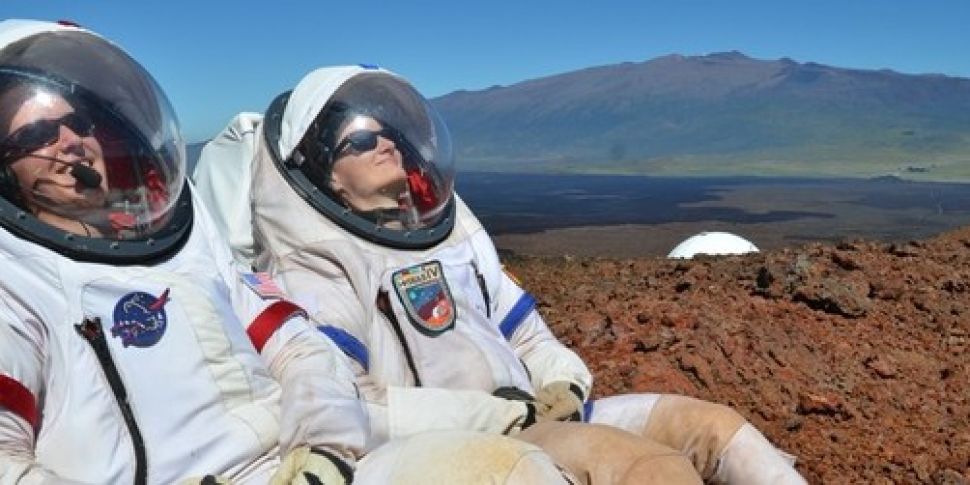After spending a year living beside a dormant volcano in Hawaii to see how human beings could cope with close quarters and long periods of isolation, a study simulating a mission to Mars has come to an end. The NASA-backed research project is the longest of its kind since a 520-day simulation in Russia wound up in 2011.
The Hawaii Space Exploration Analog & Simulation (HI-SEAS) project was based beside the Mauna Loa volcano because the terrain is the most similar on the planet to the barren Martian one. The team’s resources were limited, meaning they had to bring everything with them on day one, and new supplies of food and water were delivered every four and two months respectively.
With experts estimating that a human mission to our closest neighbour in the solar system could take as long as three years, and with NASA planning for the event to take place in 2030, a group of volunteers moved into a dome, without fresh air, fresh food or privacy on August 29th, 2015. Emerging today, the crew said it was confident a mission to Mars could work.
“I can give you my personal impression which is that a mission to Mars in the close future is realistic,” said Cyprien Verseux, one of the group. “I think the technological and psychological obstacles can be overcome.”
Mission commander Carmel Johnston admitted that the lack of privacy during the 12 months was difficult to deal with.
“It is kind of like having roommates that just are always there and you can never escape them, so I’m sure some people can imagine what that is like. And if you can’t then just imagine never being able to get away from anybody,” she said.
A treat calendar for our last month! #hiseas pic.twitter.com/dfFd6wjQYe
— Cyprien Verseux (@CyprienVerseux) July 29, 2016
The six-man team comprised a French astro-biologist, a German physicist, and four Americans – a pilot, a soil scientist, an architect, and a journalist charged with documenting the year long experience on a blog. While they were able to communicate with the outside world, they could only do so by email, and the messages were relayed with a 20-minute delay to mirror the time it would take for the signals to bridge the gap between the Earth and Mars.
As the third HI-SEAS study, with the previous two lasting four and eight months apiece, NASA scientists will now begin analysing and comparing the data gathered on all three, paying particular attention to the psychological effects the isolation had on the six members. Two more simulation missions, each lasting eight months, are scheduled for January 2017 and January 2018. Applications for a position on the team can be made here.









